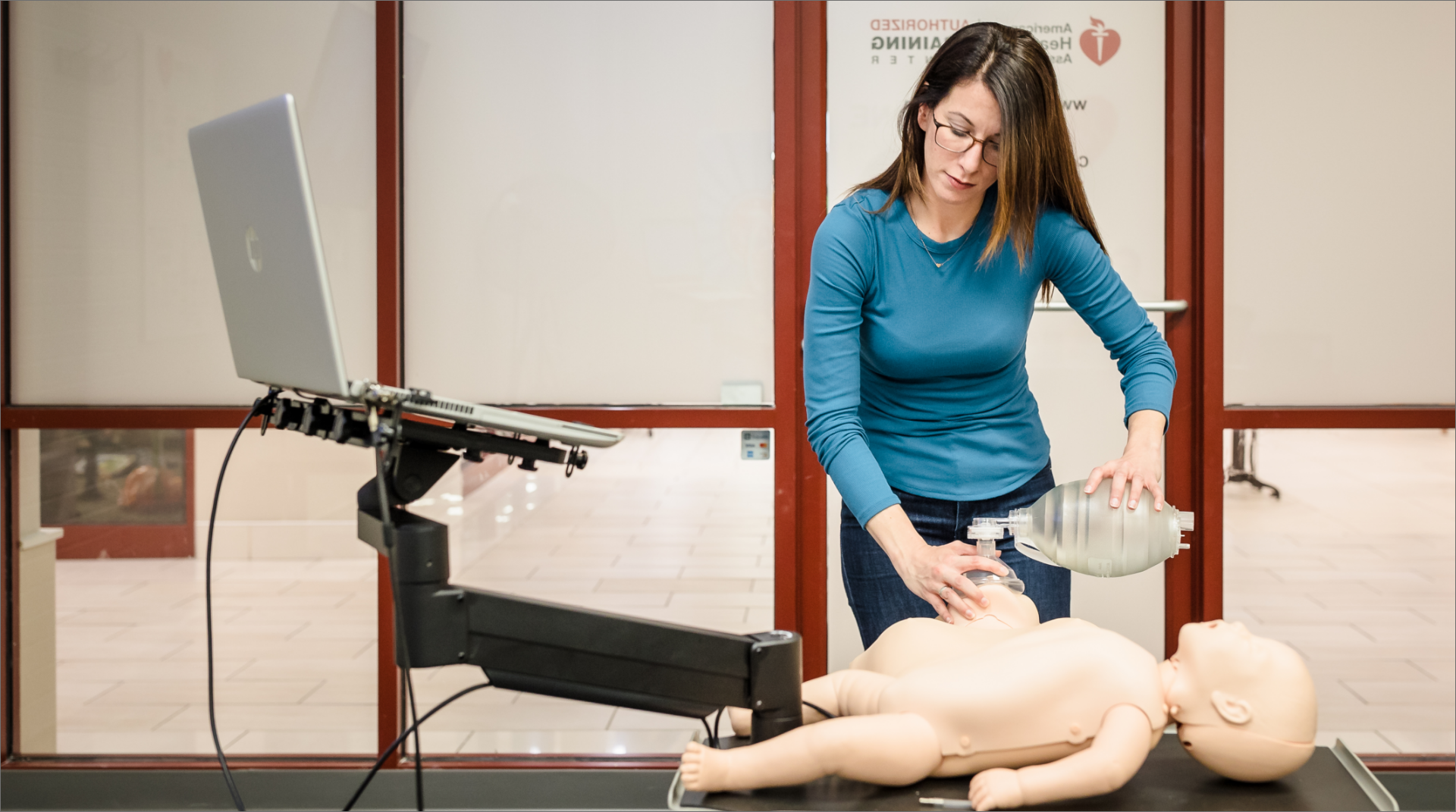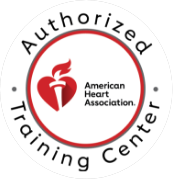

CPR Resource Center
The most comprehensive library of emergency training resources — including videos, articles, downloads, and more.


The most comprehensive library of emergency training resources — including videos, articles, downloads, and more.

The American Heart Association produces CPR courses to deliver the most appropriate lifesaving training for each target audience. Audiences learning CPR are typically broken into three categories – people who want to know CPR but do not require a certification for their job, people who need to have a CPR certification but do not work in a healthcare setting, and people who need to have a CPR certification for work in a healthcare setting.
Most people fall into this category. CPR is one of the most important skills everyone should learn – and for good reason – less than half of cardiac arrest victims receive bystander initiated CPR and this negatively contributes to a low rate of survival.
In the past decade, many high schools have implemented programs which require basic CPR training to graduate. Training in hands-only CPR has also become mainstream enabling people to learn and practice lifesaving skills without having to attend a formal class or invest very much time.
Empowering people with CPR skills improves the chance of them acting in an emergency.
There are several options for learning Hands-Only CPR described here.
This category covers industrial safety teams, teachers, coaches, and professionals – essentially anyone who does not work in a healthcare setting but needs to be prepared for a cardiac arrest emergency. Participants learn how to recognize when someone needs CPR, how to call for help, providing CPR for adults (child and infant CPR are optional components of this course), and use of an AED. The terminology is kept simple to allow for easy recall in an emergency. There is also no required written exam for this course, however, participants are tested on the skills that they learn.
The American Heart Association’s Heartsaver CPR AED provides this training with a two year certification, student workbook, and a pocket mask. More information on Heartsaver CPR AED training is here.
The American Heart Association BLS Provider course is intended for healthcare professionals with clinical responsibilities. Included in this target audience are nurses, physicians, EMTs and paramedics, medical assistants, lifeguards, dentists, and allied health professionals. Students that are training for health careers are usually required to have current BLS Provider certification for entry into their clinical rotations.
BLS Providers learn to provide one-rescuer and team-rescuer CPR for adults, children, and infants. Skills including use of an AED, bag-valve mask, pocket mask, and special considerations are also covered in this course. Upon conclusion of the training, participants complete a 25 question written exam (passing score is 84%) and a skills test. Successful completion results in a BLS Provider certification card which is valid for two years.
Conclusion
Not sure which course is most appropriate for you? Code One can help you choose the right course – contact us today.
Help Me Find a Course